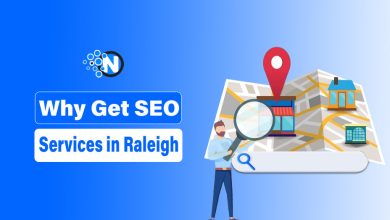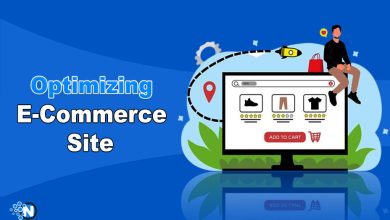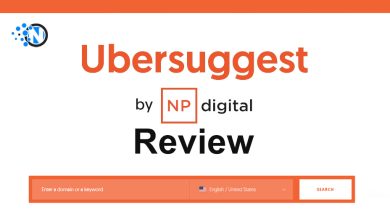Conversion Rate Optimization Tips – Ways to Skyrocket Website Conversions
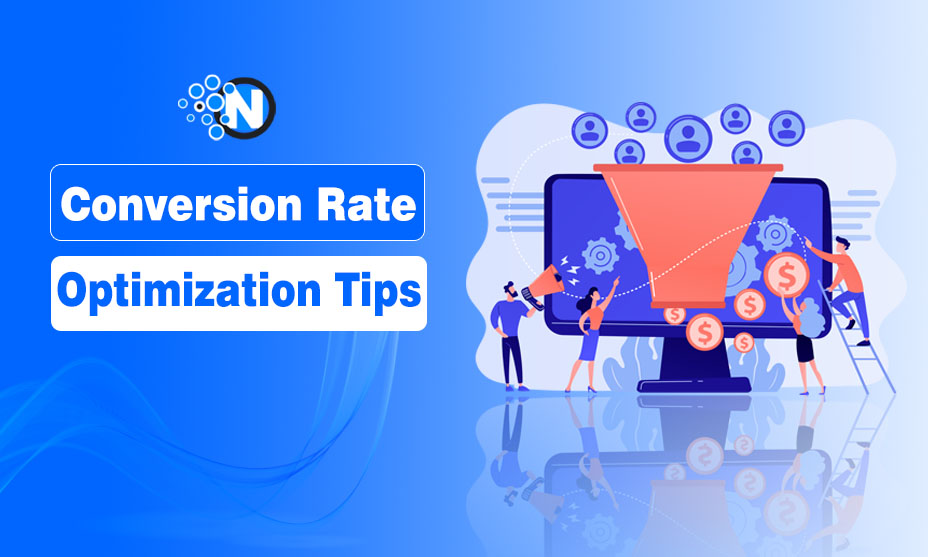
Driving organic traffic to your business website or online store is great. But what if your website or store is unable to convert those visitors? All that traffic is useless!
This is where conversion rate optimization comes into play and helps you turn visitors into customers. With the right Conversion Rate Optimization (CRO) strategy, you can boost your website conversions, leading to more customers and higher profits.
Continue reading the article if you want to boost your website conversions because there are some proven conversion rate optimization tips for your help!
Let’s get started!
What is Conversion Rate Optimization (CRO)?
Conversion rate optimization, or CRO, is all about creating a customer experience that results in higher conversion rates. This includes analyzing user behavior, testing different web page designs, running A/B tests, and implementing the latest strategies to improve website performance.
In addition to improving the overall customer journey, CRO helps businesses increase their profits by generating more leads and sales.
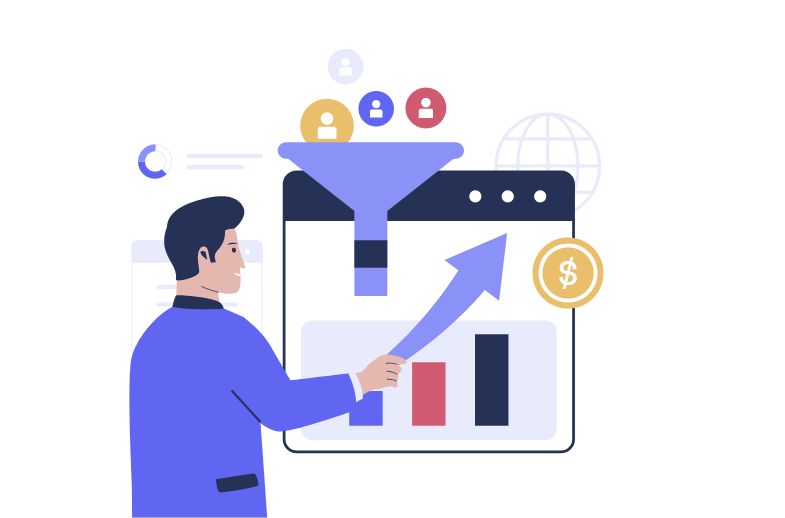
13 Conversion Rate Optimization Tips
CRO is an ongoing process that requires testing, analysis, and change implementation to deliver the best user experience possible.
There are different reasons behind a poor conversion rate. You need to find out all of them and implement the following tips to boost conversions!
1. Use Effective and Attractive Headings
Page headings are a great way to increase conversions on your website. Headings help customers understand what each page is about and make it easier for them to find the information they need.
When choosing blog post titles for the Nogentech blog, we spend enough time brainstorming to write catchy and informative headlines.
Page headings also provide an opportunity to showcase important keywords in order to improve search engine optimization efforts. The use of strategic page headings can help your website stand out from the competition and attract more customers.
2. Quality Content is Important
Quality content is the key element when it comes to boosting conversions. As users search for answers to their questions and solutions to their problems, they are looking for up-to-date information that is relevant at that moment in time.
By consistently writing and updating quality content on your website, you will make sure that your customers are receiving the most accurate and useful information.
Additionally, by frequently adding new content, you will also be increasing brand visibility and enhancing SEO outcomes.
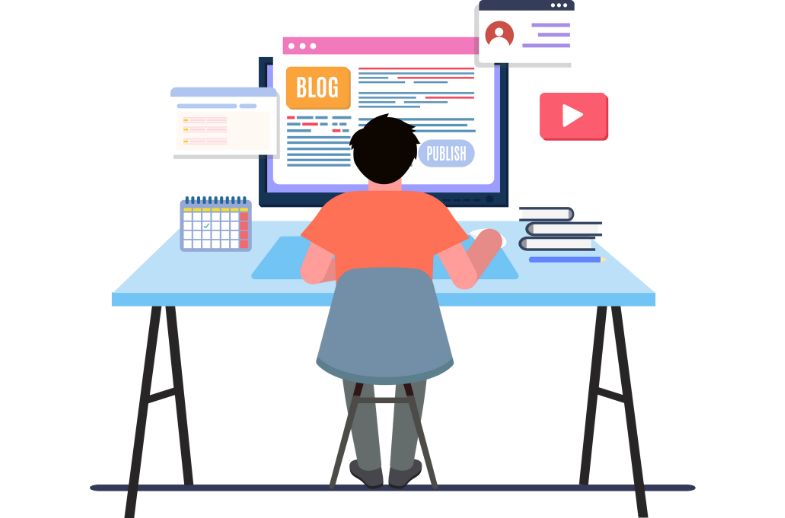
3. Analyze User Behavior
Analyzing user behavior is the basic step in understanding the user journey, from discovering your website to making a purchase decision.
Through proper tracking of visitor activities, you can identify which elements of your site need improvement or updating to increase conversion rates. This usually involves improving website navigation, changing images, adding more information to product pages, or providing detailed calls to action.
You can identify which areas of your site are working well and which need improvement to boost conversions by monitoring user behavior.
4. Analyze your Website’s Performance
Measuring how well each page on your website is performing is important. Look at the overall engagement metrics and key conversion indicators such as bounce rate, time on site, scroll depth, and pages per session.
With this data, you can focus on making changes to improve website performance and increase conversions.
5. Personalize your Website
Personalizing the user experience can help increase engagement and encourage users to convert. Consider segmenting users into different groups based on their actions or demographics, and then create specific content tailored for each customer segment.
You can also use location data to provide users with the best offers or information customized to their local needs. This type of personalization can improve the overall customer experience and boost conversions.
6. A/B Testing- Test and Optimize
Testing different elements of your website is one of the best conversion rate optimization tips. A/B testing is a great way to optimize your website’s conversion rate. This involves running two different versions of your page and comparing the results to determine which version performs better.
Try A/B testing different page layouts, headlines, calls-to-action (CTAs), images, colors, and more to determine which version works best for your audience. You can ensure that your website is optimized for conversions by optimizing the user experience through testing.
7. Use Heatmaps
A heatmap is a graphical representation of data showing the activity level on each page of your website. Using heatmaps lets you get insights into user behavior and determine what areas of your website are performing best or worst. This can help you identify areas for improvement and better understand how users interact with your site.
8. Utilize Pop-Ups
Pop-ups are a great way to grab visitors’ attention and encourage them to take action. You can use a pop-up to offer discounts, collect email addresses, or direct users to specific pages on your website.
Make sure that your pop-ups are relevant and not intrusive, as this can lead to users leaving your page.
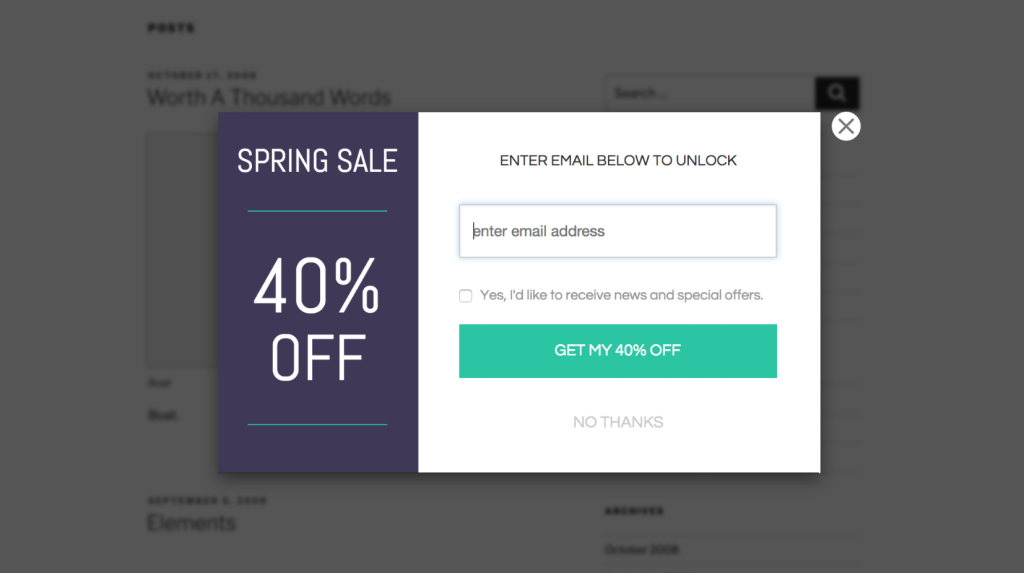
9. Optimizing Landing Pages
One of the most important areas of CRO is to optimize your landing pages. They are the entry points to your site, so they must be enticing and informative enough to encourage visitors to explore further. Landing page optimization usually involves adding visuals, such as images or videos, as well as improving the copy on the page.
Additionally, you should ensure your landing pages are optimized for mobile devices so users can access them from any device. Optimizing your landing pages can help to improve conversion rates, as visitors will be more likely to stay on the page and explore your website.
10. Create a Sense of Urgency
Creating a sense of urgency can help boost conversion rates by encouraging visitors to take action right away. You can do this by offering limited-time promotions, countdown timers or exclusive incentives.
Using exit intent pop-ups with limited-time offers is a great idea to boost conversions. This will motivate users to take the desired action before it’s too late.
11. Optimize for Mobile
Make sure that your website is optimized for both desktop and mobile devices. Mobile users are more likely to take action, so it’s important to ensure that your website looks great and runs smoothly on all devices.
Choosing a responsive web design or theme is one of the best mobile optimization tips to increase website conversions. You should also focus on loading speed, responsive visuals, and navigation to attract more mobile users.
12. Offer Live Chat
Having a live chat feature on your website can make it easier for customers to ask questions instantly or get help. This helps them feel more confident in their decisions and encourages them to purchase from you.
Ensure you have trained staff available to answer any questions customers may have. Using AI chatbots is another good idea to make your online store or eCommerce business 24/7 available for visitors.

13. Leverage Social Proof
Social proof is a powerful tool for conversion rate optimization. It includes reviews, case studies, and testimonials that can help show potential customers why they should choose your product or service. You can boost conversions and earn customers’ trust by using social proof.
Final Thoughts
These are just some common ways to optimize your website conversion rate. Implementing these strategies will help you drive more sales and maximize ROI.
With some experimentation, you can find out what works best for your business and ensure that your website is as effective as possible at converting visitors into customers.

